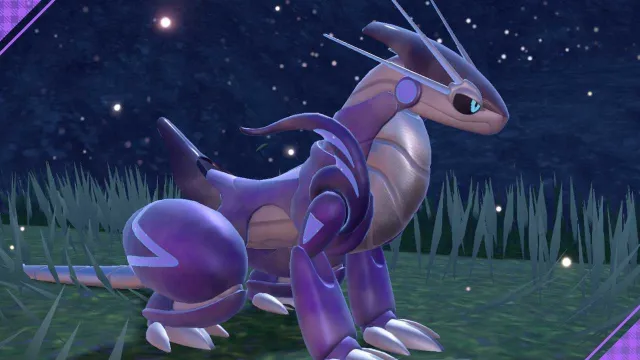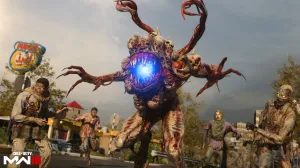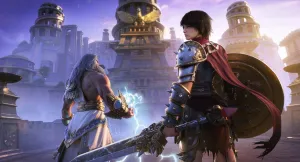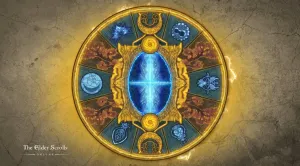As more and more information leaks out about Super Smash Bros Ultimate, it really does seem like this game has been tailor-made for the competitive community. The massive character list is only the beginning. Avid Smash players have keyed in on a ton of elements that seem to make Ultimate the best competitive game in the series. From the return of directional air dodging, to punishing rolling, to the addition of impactful cutscene finishers, Nintendo seems to be going all-in on Smash as a viable competitive esport.
But these boons come at a cost. As tournament organizers lick their chops waiting for Super Smash Bros Ultimate to breathe new life into the competitive Smash scene, there’s one lingering doubt left: what if the game simply has too many legal stages?
So what makes a stage viable?
Historically, the Super Smash Bros series has had a relatively small pool of legal stages for competitive players to battle on. Although the series prides itself on featuring tons of stages pulled from a wide range of Nintendo properties, the vast majority of these stages aren’t suitable for competitive play. Of course, stage hazards like spikes, acid, lava, or enemies, add disruptive elements to stages, but that’s not the only thing that causes a stage to be banned from competitive play.
Stages that feature areas where characters can camp and wait for opponents to approach (like Duck Hunt in Super Smash Bros for Wii U, or Temple in Super Smash Bros Melee, in addition to any stage with “walk-off” edges) are banned as they give certain characters a heavy matchup advantage. So are stages that feature “caves of life” where a ceiling texture makes it incredibly easy to survive at high damage levels.
Once you remove all of these stages from Smash games, you’re left with a small handful of legal stages. As an example, out of the 55(!) stages in Super Smash Bros for the Wii U, only 6 are deemed suitable for tournament play. The rest of them were banned for giving a character a huge advantage, having stage geometry that makes ledges hard to grab, or any number of other reasons.
So if Super Smash Bros Ultimate ends up bucking this trend, the competitive Smash scene will need to change the way it approaches stage selection for the first time in its history.
Okay, but why do you think Super Smash Bros Ultimate will have more legal stages?
Good question, imaginary person I made up to help with section transitions! Here’s an answer!
During E3, Nintendo confirmed that Super Smash Bros Ultimate would have the option to turn off stage hazards and transitions. This is huge, because it means that a handful of stages that were previously banned from competitive play will likely be tournament-legal in the new game. And that’s not even counting the fact that Nintendo will likely add a few new stages as well. There’s been speculation that as it stands now, this could result in around 20 tournament-legal stages by the time the game comes out.
So what’s the problem? Having more legal stages is a good thing, right?
Well, yeah… kinda.
If you’ve only watched competitive Smash Bros as a spectator and never participated, you might not be aware of how stage selection works. Since certain stages are better suited for certain characters or playstyles, it’s not entirely fair to randomly select stages from the legal list.
Instead, opponents usually play rock-paper-scissors for the ability to pick the stage for the first match in a series (or they determine the stage through stage striking, a kind of process-of-elimination stage selection). From there, the winner of that match bans a stage from the rest of the series, and the loser of that match picks the next stage. This process repeats until a winner is determined.
You probably see where we’re going with this.
This system works pretty well with a list of 6-or-so legal stages, where one stage ban per game is sufficient. With a list of 20+ legal stages, however, one ban will not be enough. In addition, the process of stage striking and banning stages will drag on for a fairly long time, slowing down tournaments.
Since there have never been more than a handful of legal stages in any Smash game, if Ultimate drops with 20+ legal stages, something will have to change.
Okay, so what can be done?
The easiest solution to implement here is probably just to find a way to expand the stage striking system or modify it slightly to accommodate a larger stage set. The downside here is that doing this really would slow down tournaments.
Another solution would be just to limit the legal stage list to around 6 despite the fact that more are competitively viable. This is unlikely to happen and probably would result in a whole lot of backlash from folks who are excited to finally see some stage diversity in a Smash game.
The most interesting solution that we’ve seen proposed so far is having a rotating selection of legal stages that changes based on competitive seasons. Tournaments would post the legal tournament stages beforehand to allow for training and character selection, and each of these rotations would feature a diverse range of stages. The benefit here is that this method wouldn’t artificially cut down the field of legal stages. It also wouldn’t try and fit a competitive ruleset onto a game it wasn’t designed for.
Most importantly, it would also inject a bit of freshness into the competitive Smash scene. The vast majority of competitive Super Smash Bros for the Wii U matches occur on Smashville, and it can get a bit grating. You’re seeing the same music and same stage almost every time.
Hopefully, with more legal stages and a rotating season-based stage list, Super Smash Bros Ultimate will foster a more dynamic competitive scene.









